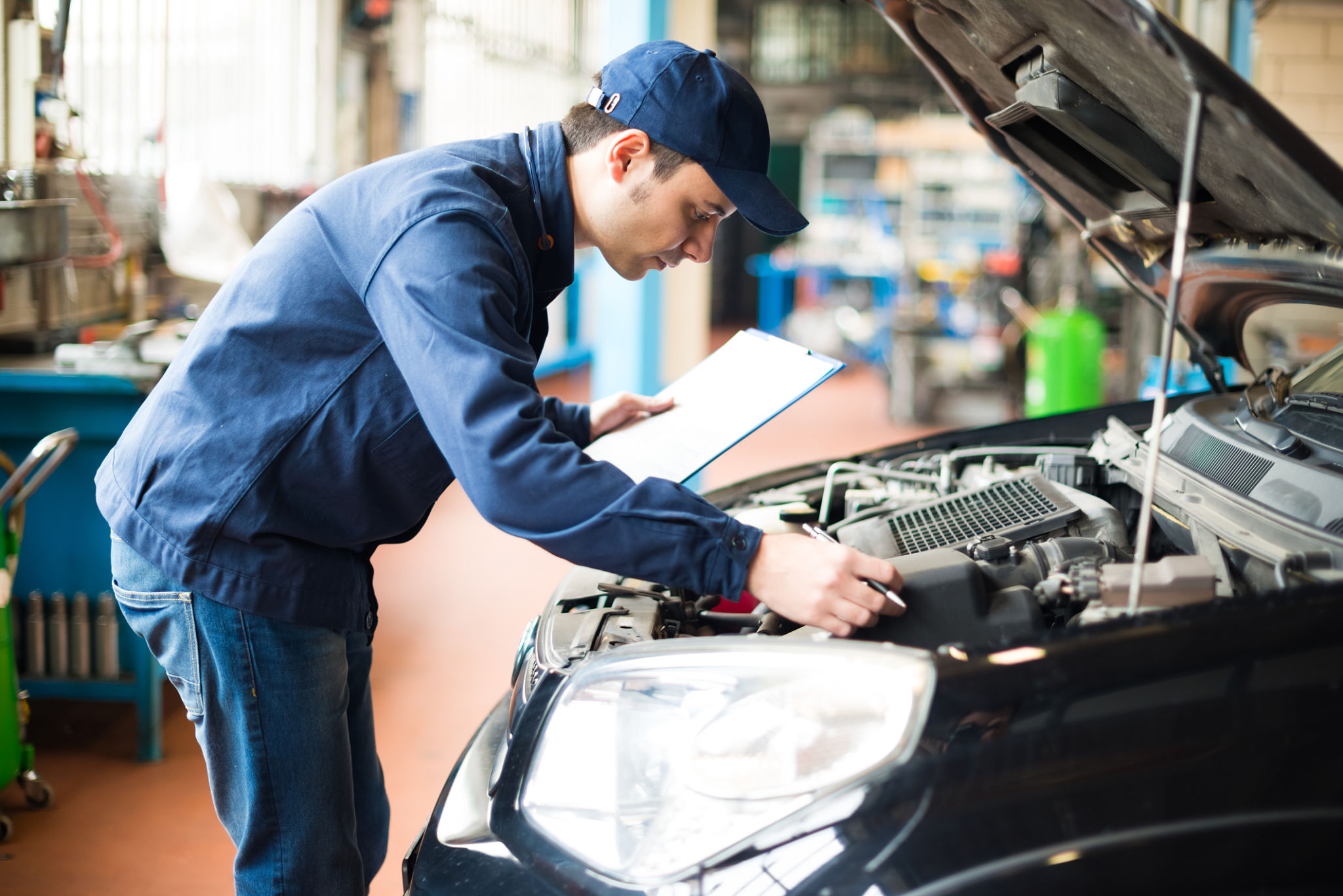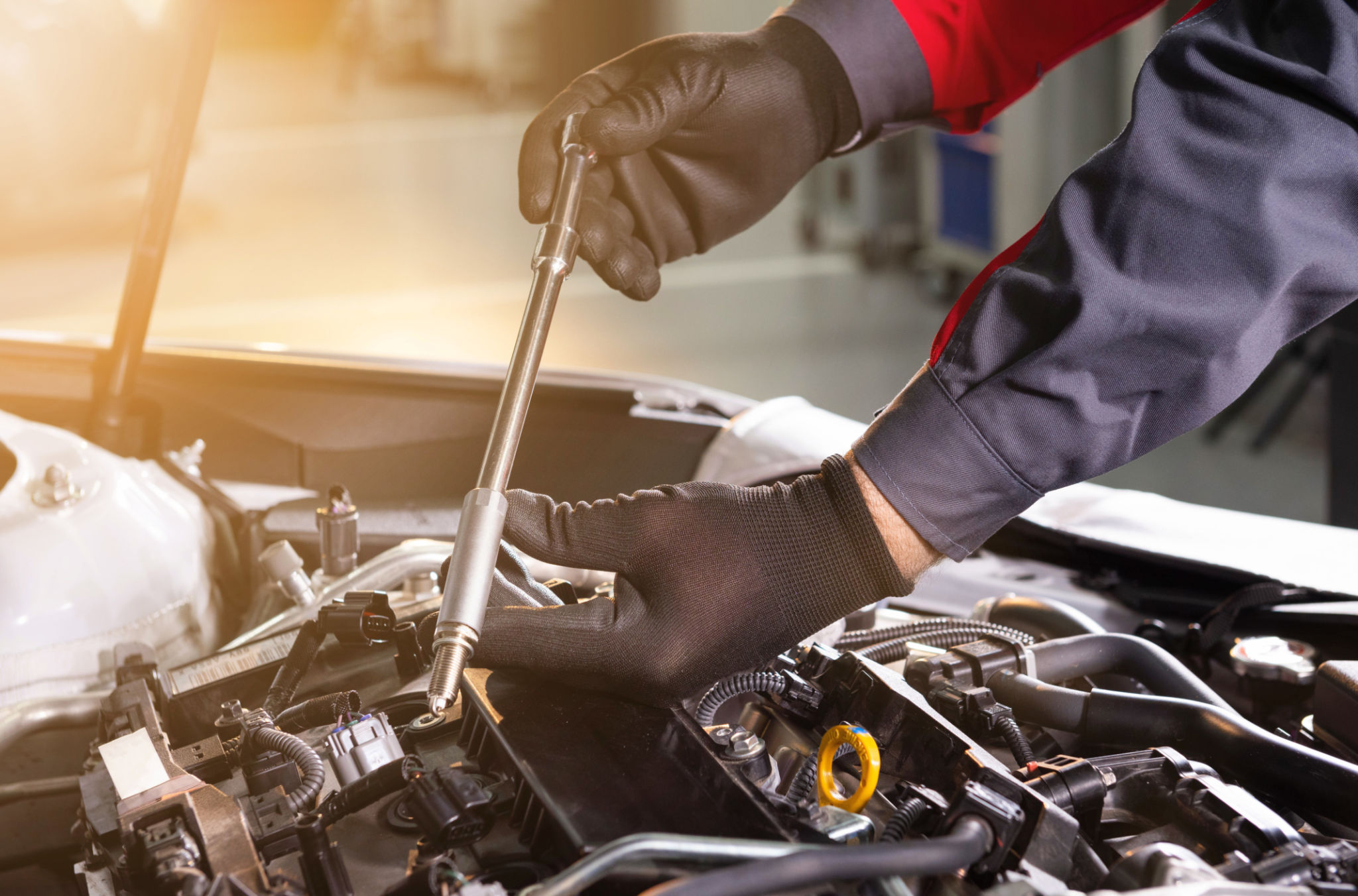Preparing Your Vehicle for Seasonal Changes: ADAS Calibration Tips
Understanding ADAS and Its Importance
Advanced Driver Assistance Systems (ADAS) are becoming increasingly common in modern vehicles, offering features that enhance safety and improve driving comfort. These systems include technologies such as adaptive cruise control, lane departure warning, and automatic emergency braking. As the seasons change, it's crucial to ensure that these systems are functioning correctly to maintain optimal safety on the road.
One often overlooked aspect of maintaining ADAS is proper calibration. Calibration ensures that the sensors and cameras used by these systems are accurately aligned and functioning as intended. This is especially important when preparing your vehicle for seasonal changes, as factors like temperature variations and road conditions can impact the performance of these systems.

When to Consider ADAS Calibration
While some drivers may only think about ADAS calibration after an accident or a significant repair, it's wise to consider it during seasonal transitions. Here's when you should consider recalibrating your ADAS:
- After a windshield replacement or repair, as this can affect camera alignment.
- When your vehicle experiences significant jolts, such as hitting a large pothole or curb.
- Following any suspension or wheel alignment work.
Temperature fluctuations can also affect sensor performance. For instance, extreme cold can cause sensors to become obstructed by ice or snow, while intense heat might lead to overheating and malfunction.
Steps for Proper Calibration
To ensure your ADAS is calibrated correctly, follow these steps:
- Consult Your Vehicle Manual: Different vehicles have specific requirements for ADAS calibration. Always begin by checking the manufacturer's guidelines.
- Work with Professionals: It's advisable to seek professional help for ADAS calibration. They have the necessary tools and expertise to perform precise adjustments.
- Regular Inspections: Schedule regular inspections to catch any potential misalignments before they become problematic.

The Role of Weather Conditions
Weather conditions play a significant role in the performance of ADAS systems. For example, rain can obscure cameras and sensors, while snow and ice may block radar signals. Therefore, it's essential to keep these components clean and free from obstructions.
In addition to cleaning, ensure that your windshield wipers are in good condition to prevent streaks that can distort camera images. Regularly check tire pressures as well, as low pressure can affect vehicle alignment and, consequently, sensor accuracy.
Benefits of Regular ADAS Calibration
Regular calibration of your ADAS offers several benefits. First and foremost, it ensures that safety features function correctly, providing peace of mind while driving. Accurate calibration also improves vehicle performance, leading to smoother driving experiences.

Furthermore, timely calibrations can prevent costly repairs down the line by catching potential issues early. This not only saves money but also extends the lifespan of your vehicle's ADAS components.
Conclusion
As we prepare our vehicles for seasonal changes, it's crucial not to overlook the importance of ADAS calibration. By following the tips outlined above and regularly maintaining your vehicle's systems, you can ensure a safer and more enjoyable driving experience year-round.
Remember, investing time in proper calibration now can lead to significant benefits in terms of safety and cost savings in the future. Stay proactive, stay safe!
